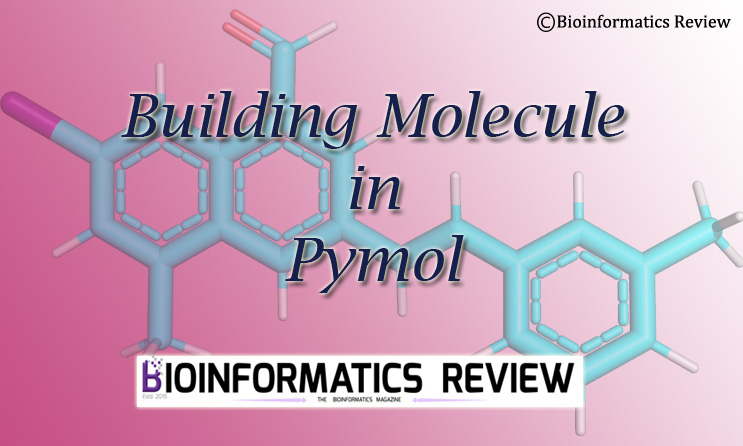

I have therefore decided to release the complete PyMOL tutorial which you will find split in multiple PDF files. The PyMOL section was about 200 pages.Ģ017 was the last year that Biochem 660 was offered. The PyMOL tutorial and preliminary molecular graphics and file format introduction were part of a very large, made-to-order physical copy of a class book of about 500 pages that also contained tutorials on using other software. I offered the PyMOL class in Biochem 660 for over a decade. The UW-Madison Biochemistry students were the primary audience for these classes in courses Biochem 660 and 712, and occasionally in Biochem 511. Over the years I extended and updated the PyMOL course material. Now, rather than using three different software, all was possible with only PyMOL. When PyMOL was still in preliminary development at version 0.99 I spent one intense week porting all the class material to PyMOL.
PYMOL TUTORIAL ESPAÑOL SOFTWARE
This was remedied by adding two other software in the course, one for the “publication quality renderings” ( VMD) and the other for the modeling abilities of side-chain mutations and automated 3D superimposition of structures (Swiss PDB viewer later called DeepView.) Rasmol included a sophisticated line command language but lacked the beautiful “photorealistic” renderings of the workstations.

For teaching molecular graphics on the Desktop, I first used Rasmol (see tutorial link below,) which was an amazing software fitting in about half of a 3.5” floppy disk or about 500 kilobytes. I personally used what was called “Unix Workstations” ( Silicon Graphics, sgi) which had powerful graphics and rather beautiful “ photorealistic” renderings. This class was a useful complement to the main topic of S equence Analysis and (molecular) Evolution also using computers. Ann Palmenberg classes, in particular teaching about molecular graphics on the Desktop at a time when computer use in the classroom was not yet preeminent. Book 4: PyMOL part 3 (Electron Density Maps)įor many years I participated in the teaching of Prof.Book 3: PyMOL part 2 (scripts, animations and movies, multimeric structures, morphing).Book 2: PyMOL part 1 (Graphical representations and atom selection, electrostatic potentials, side-chain mutations, 3D overlays, …).Book 1: Molecular Graphics Essentials (Summary of methods to obtain 3D data file formats).offers thousands of online courses for students and life-long learners, you can also find many free courses as well.The Biochem 660 PyMOL tutorial book has been split in 4 PDFs for easier read and download: There are many online education websites that offer academic courses for a fraction of the cost of traditional colleges and universities, making them ideal for lifelong learners.
PYMOL TUTORIAL ESPAÑOL FOR FREE
What is the best site for free online courses? And other studies show that students taking courses online score better on standardized tests. Students participating in online classes do the same or better than those in the traditional classroom setup. The most important tip for anyone attending or considering an online degree is to stay on task. After all, you worked hard to complete all these courses in your free time, you owe it to yourself to make sure they count. Just make sure you do it thoughtfully so you're sending the right message about your continuing education. Listing online classes on your resume is a definite do.


 0 kommentar(er)
0 kommentar(er)
